
Latest Issue
最新录用 优先出版 刊期浏览 栏目浏览
Issue 8, 2025
RAPID COMMUNICATION
2025, 43(8): 1269-1276. DOI: 10.1007/s10118-025-3336-4Published(online): 2025-07-26Abstract Full text 网络PDFAbstract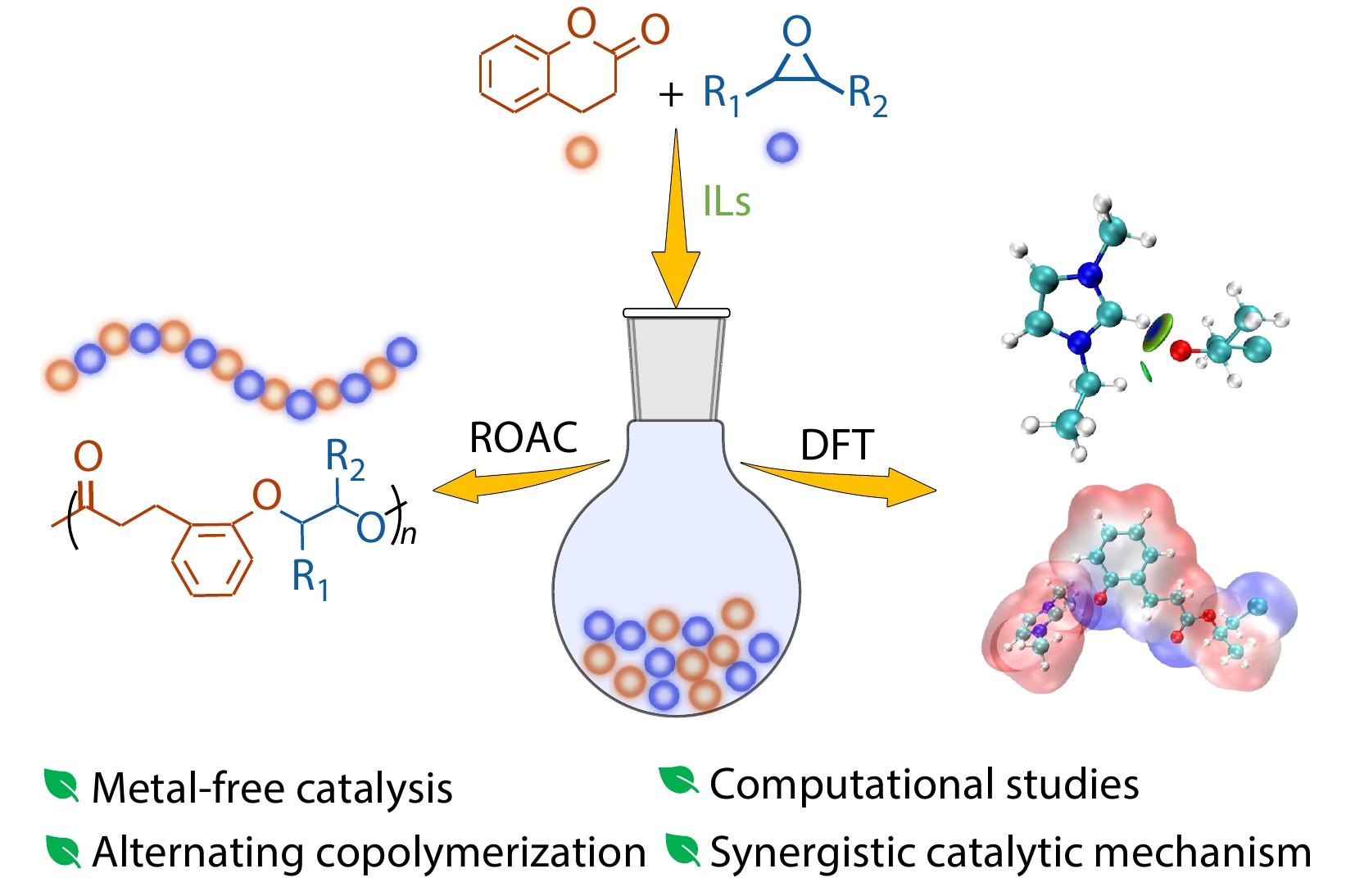
RAPID COMMUNICATION
2025, 43(8): 1277-1283. DOI: 10.1007/s10118-025-3340-8Published(online): 2025-07-26Abstract Full text 网络PDFAbstract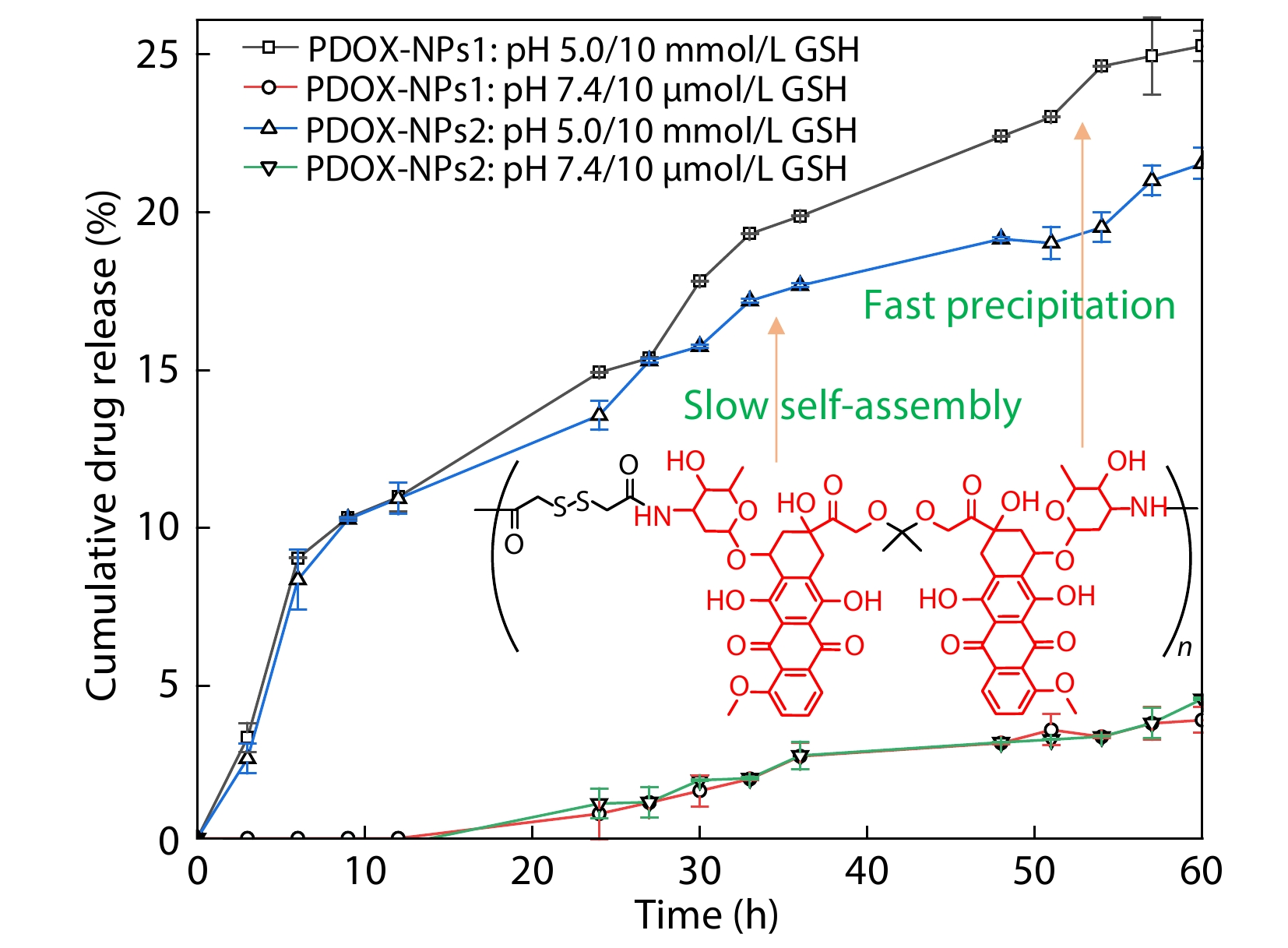
RAPID COMMUNICATION
2025, 43(8): 1284-1292. DOI: 10.1007/s10118-025-3376-9Published(online): 2025-07-26Abstract Full text 网络PDFAbstract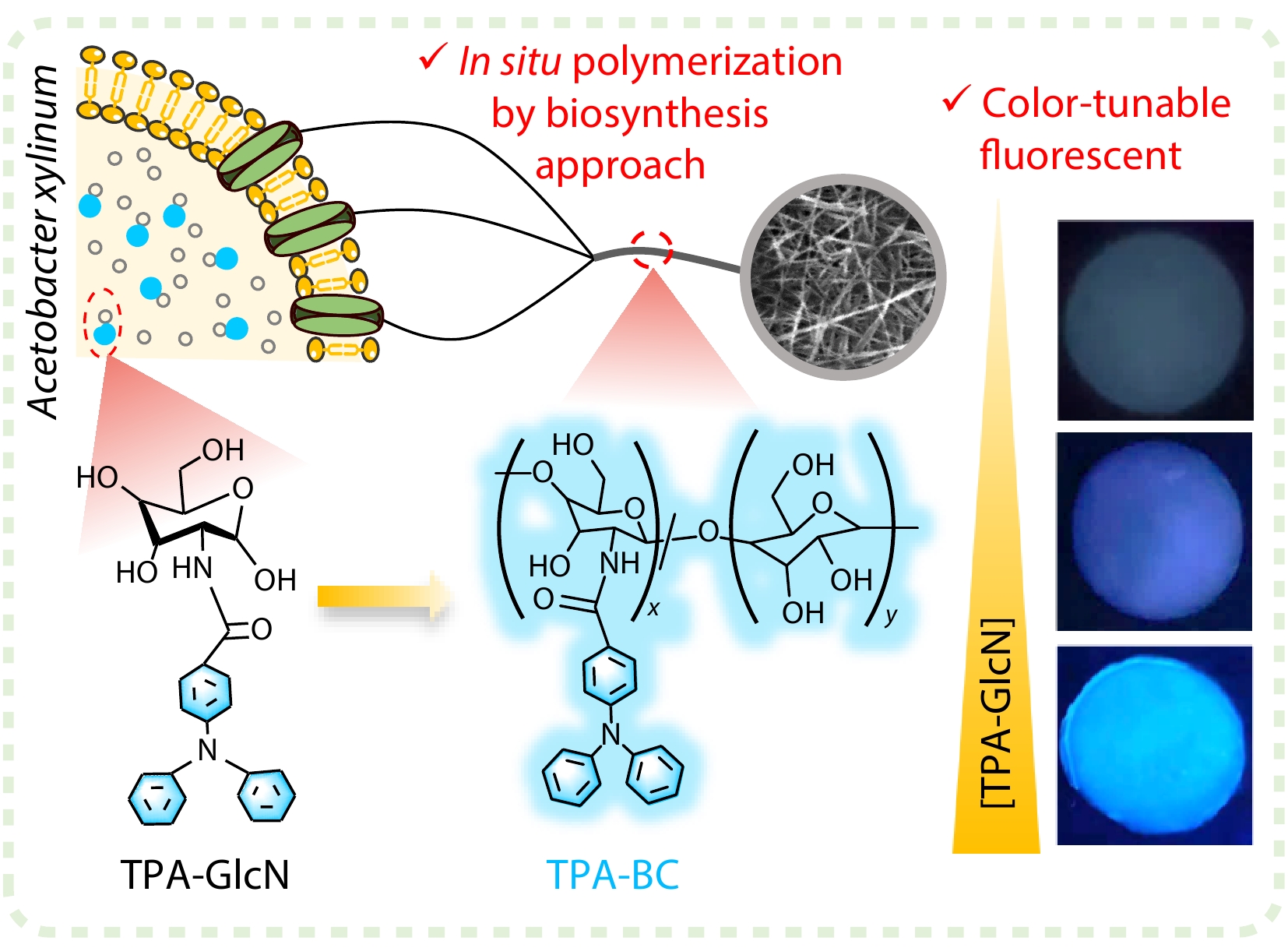
REVIEW
2025, 43(8): 1293-1310. DOI: 10.1007/s10118-025-3341-7Published(online): 2025-07-26Abstract Full text 网络PDFAbstract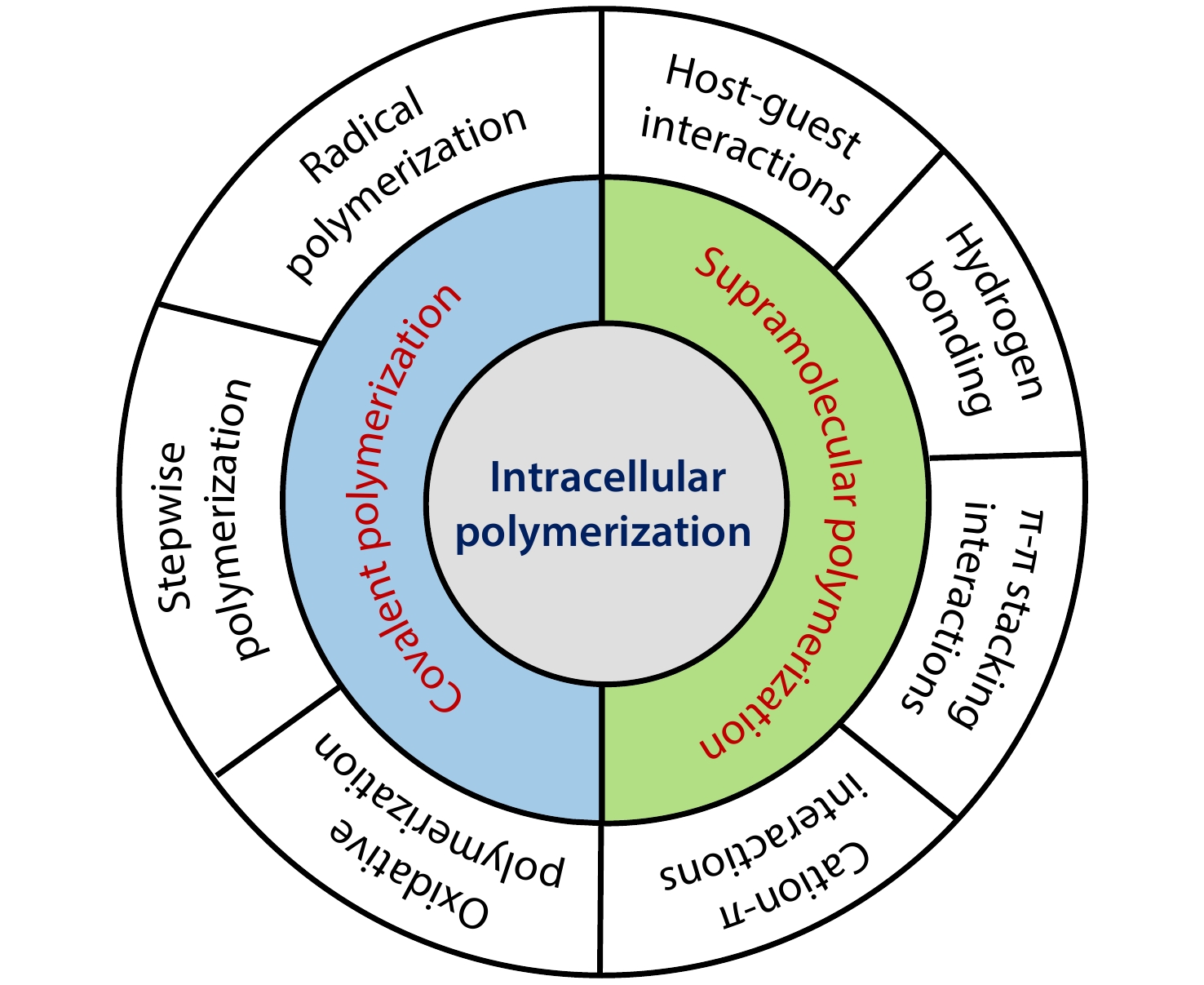
RESEARCH ARTICLE
2025, 43(8): 1311-1319. DOI: 10.1007/s10118-025-3348-0Published(online): 2025-07-26Abstract Full text 网络PDFAbstract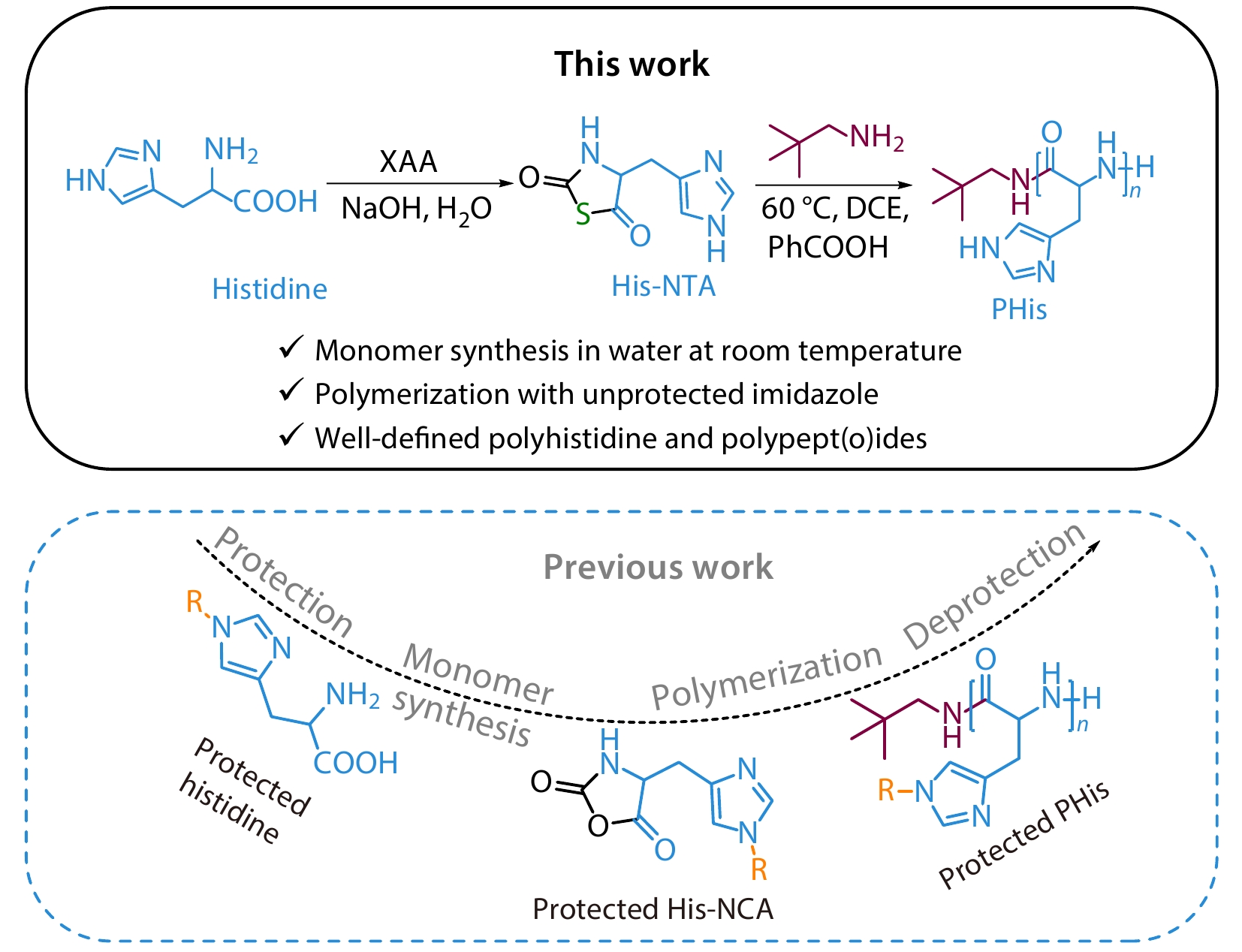
RESEARCH ARTICLE
2025, 43(8): 1320-1332. DOI: 10.1007/s10118-025-3364-0Published(online): 2025-07-26Abstract Full text 网络PDFAbstract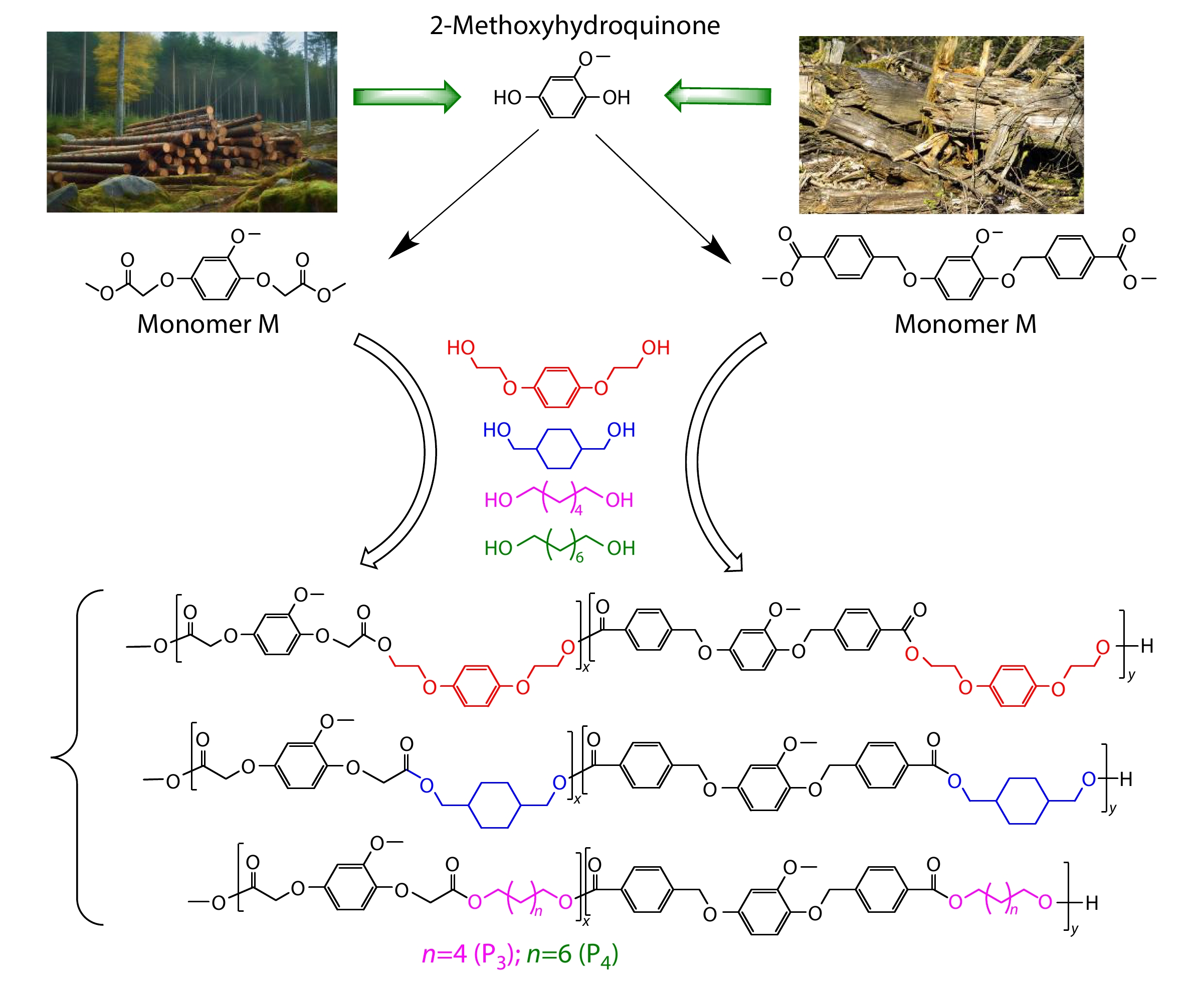
RESEARCH ARTICLE
2025, 43(8): 1333-1345. DOI: 10.1007/s10118-025-3365-zPublished(online): 2025-07-26Abstract Full text 网络PDFAbstract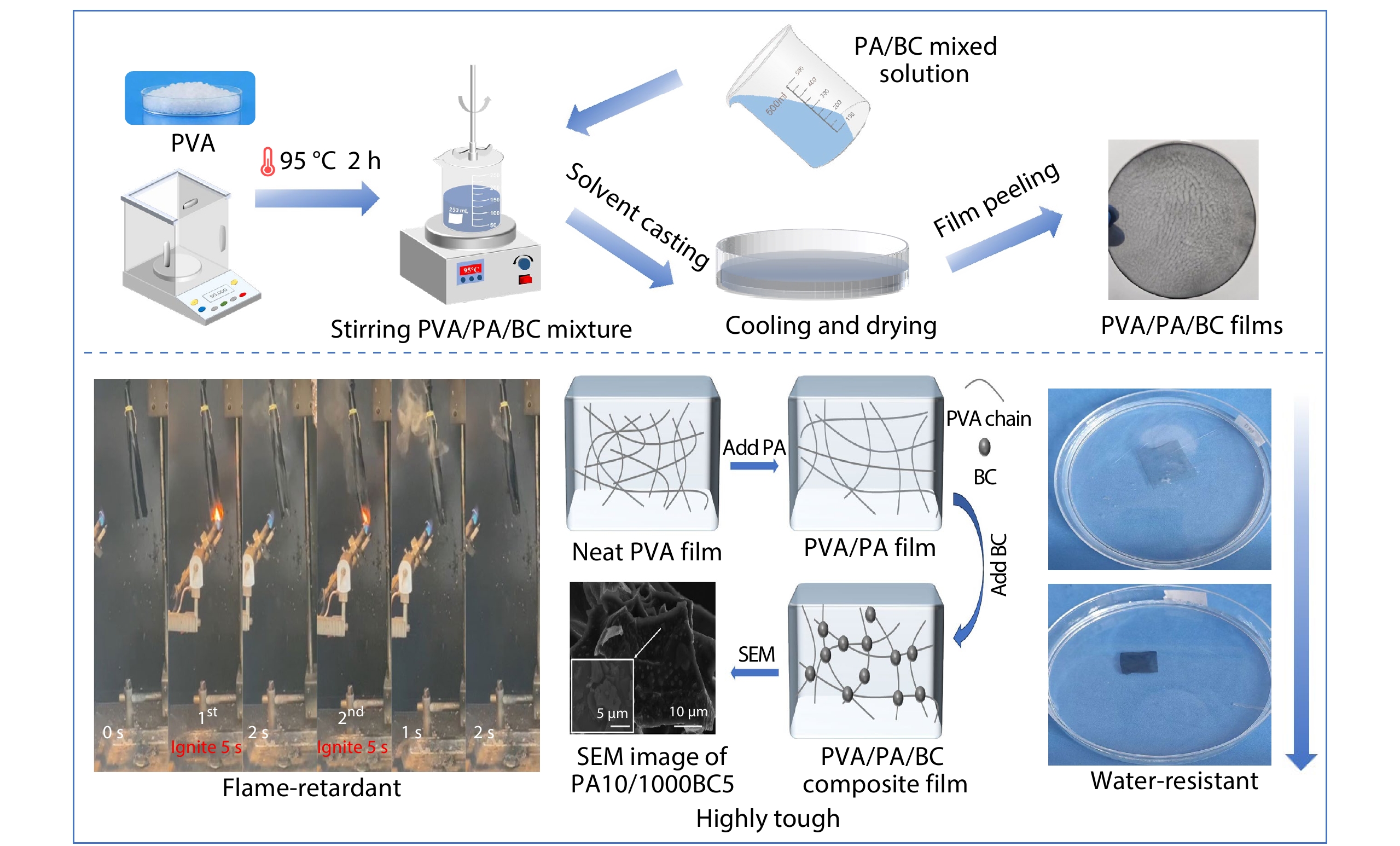
RESEARCH ARTICLE
2025, 43(8): 1346-1366. DOI: 10.1007/s10118-025-3350-6Published(online): 2025-07-26Abstract Full text 网络PDFAbstract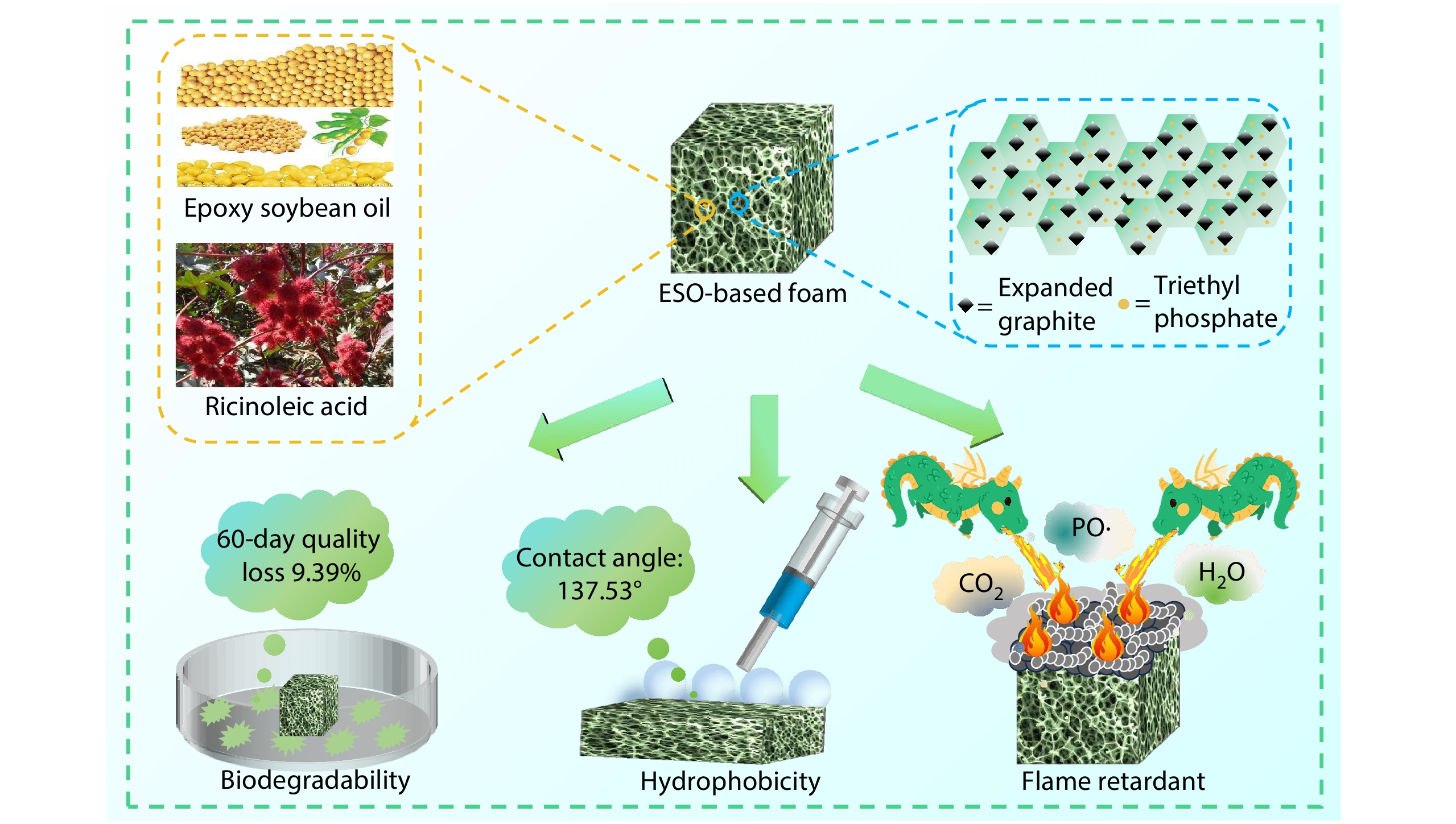
RESEARCH ARTICLE
2025, 43(8): 1367-1374. DOI: 10.1007/s10118-025-3339-1Published(online): 2025-07-26Abstract Full text 网络PDFAbstract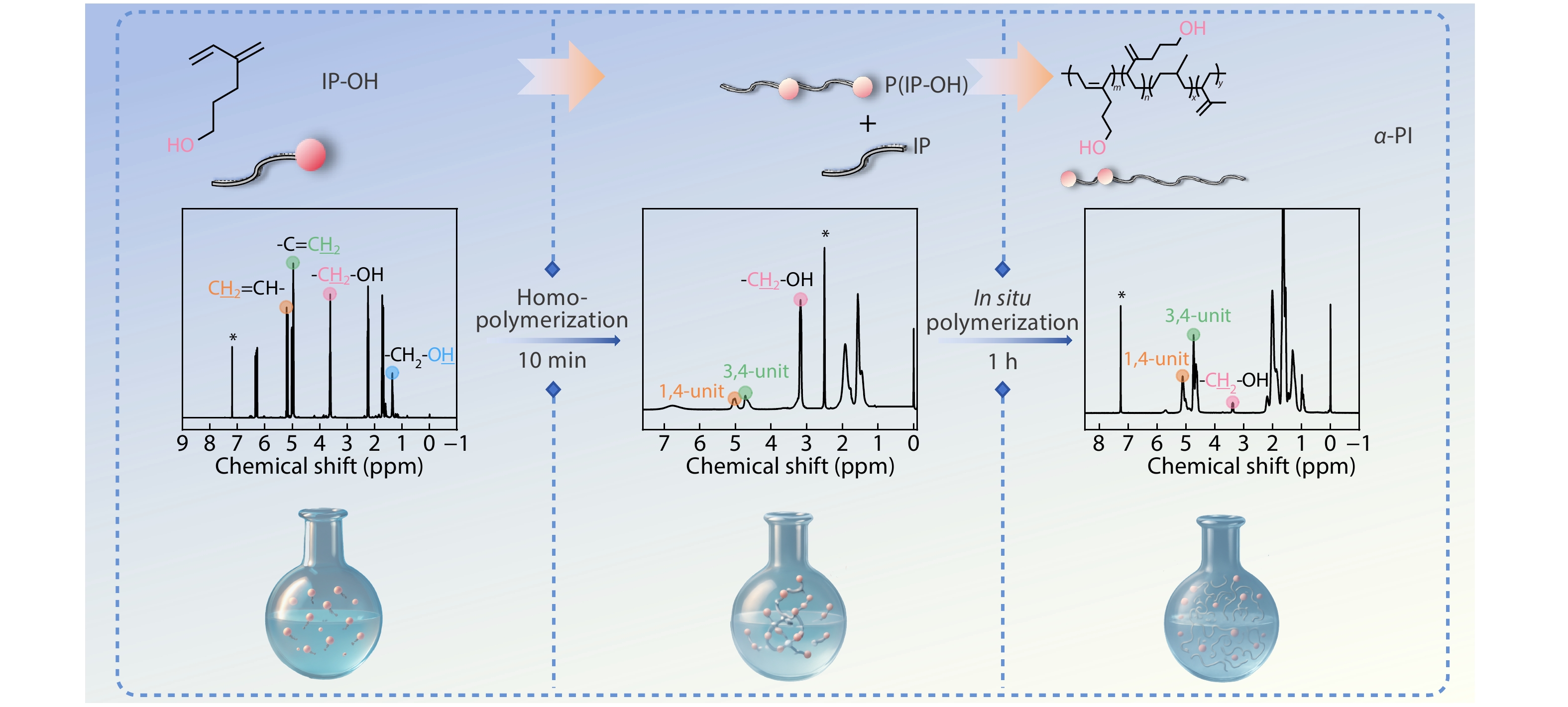
RESEARCH ARTICLE
2025, 43(8): 1375-1386. DOI: 10.1007/s10118-025-3357-zPublished(online): 2025-07-26Abstract Full text 网络PDFAbstract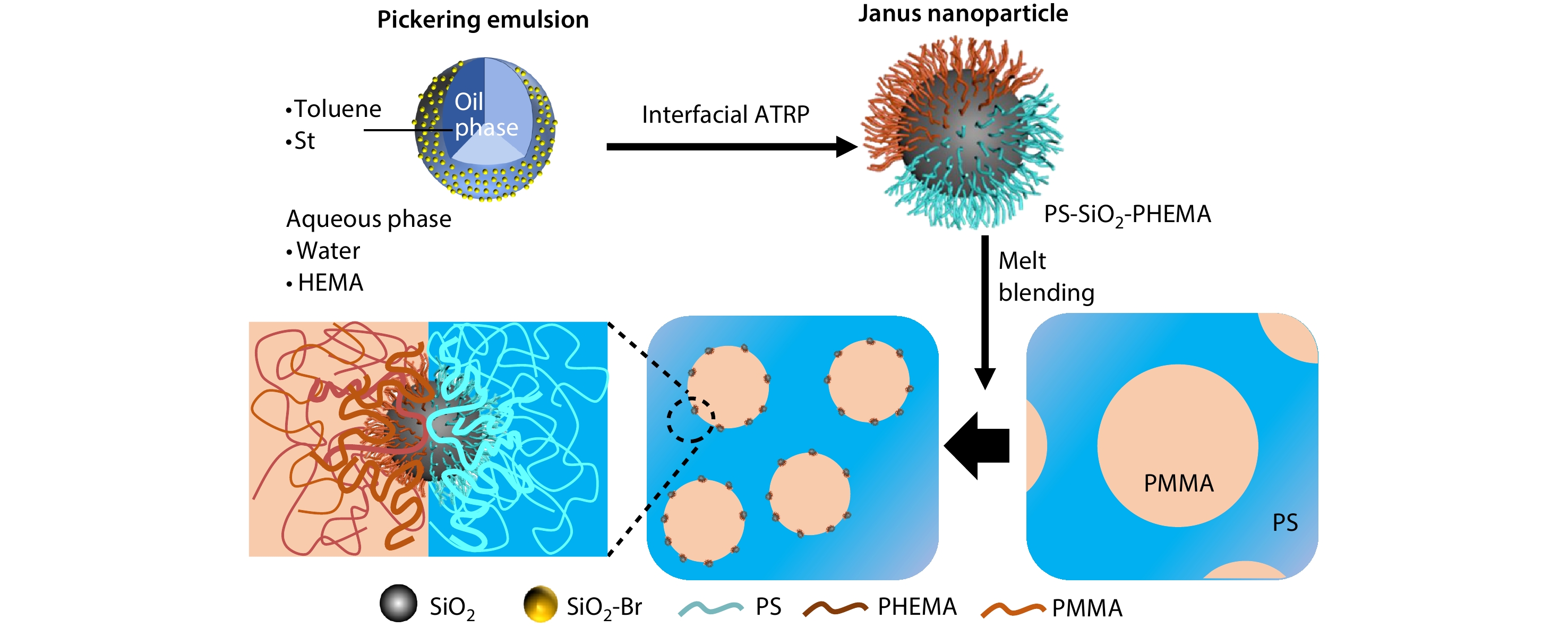
RESEARCH ARTICLE
2025, 43(8): 1387-1394. DOI: 10.1007/s10118-025-3371-1Published(online): 2025-07-26Abstract Full text 网络PDFAbstract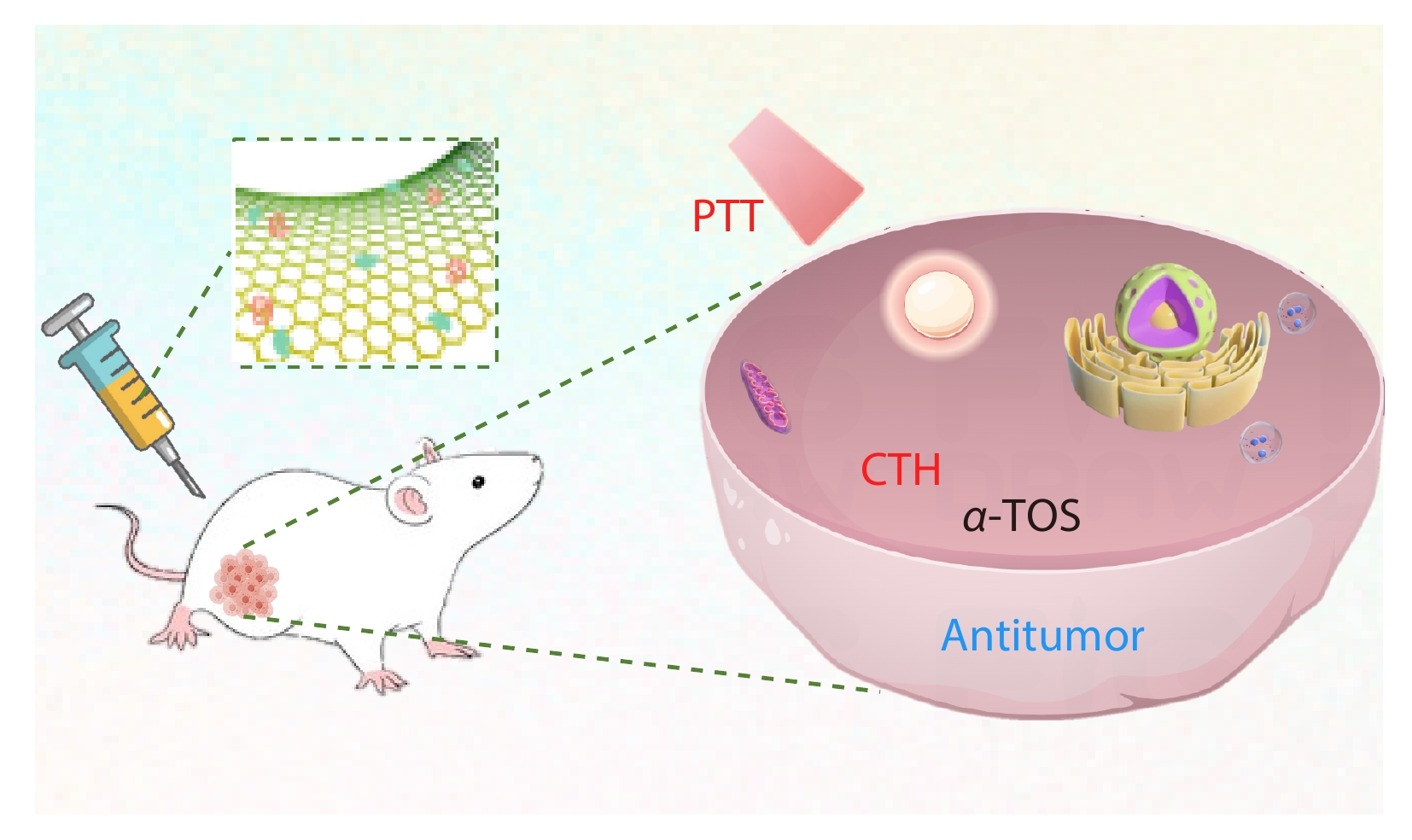
RESEARCH ARTICLE
2025, 43(8): 1395-1405. DOI: 10.1007/s10118-025-3359-xPublished(online): 2025-07-26Abstract Full text 网络PDFAbstract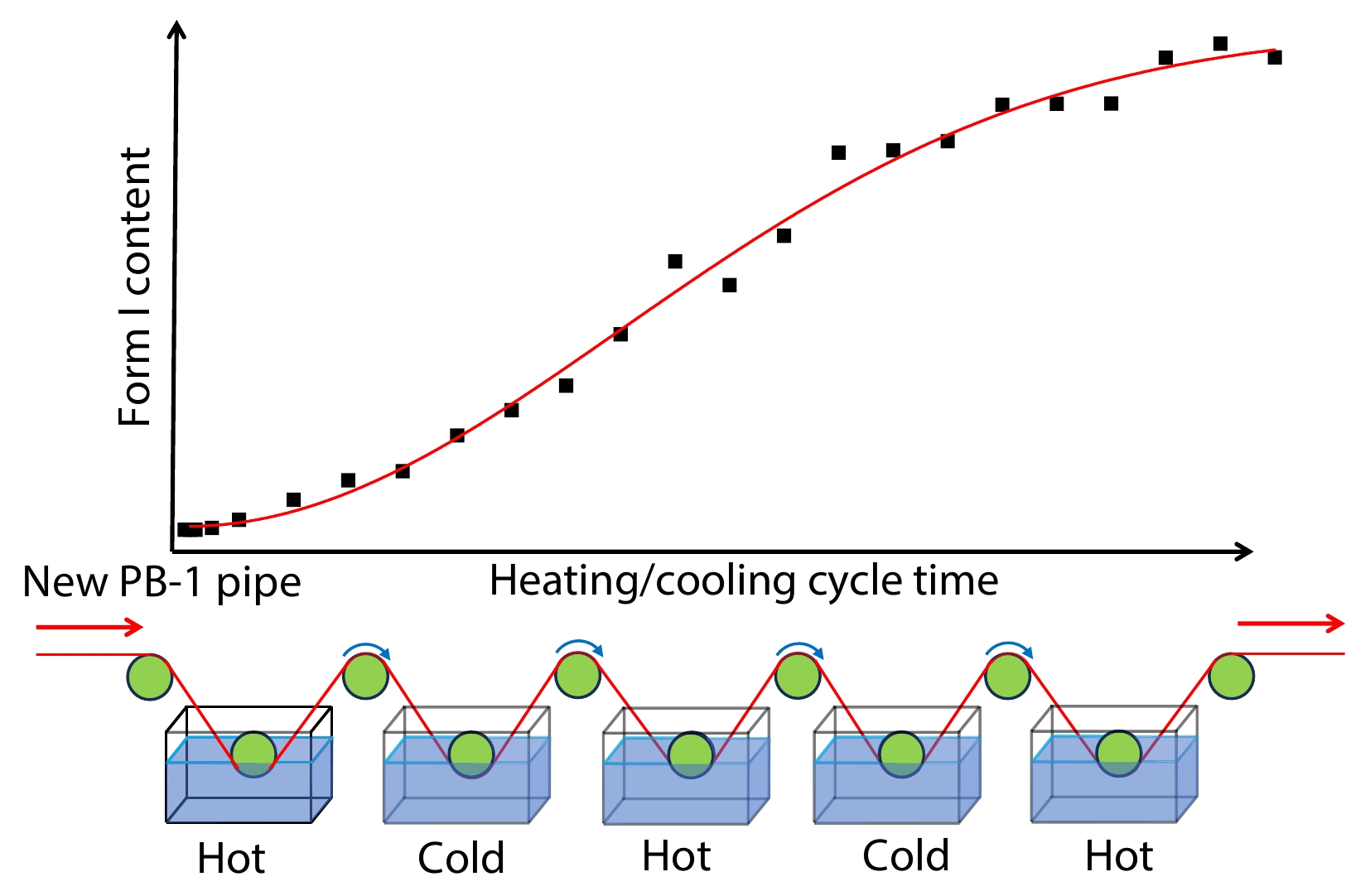
RESEARCH ARTICLE
2025, 43(8): 1406-1414. DOI: 10.1007/s10118-025-3358-yPublished(online): 2025-07-26Abstract Full text 网络PDFAbstract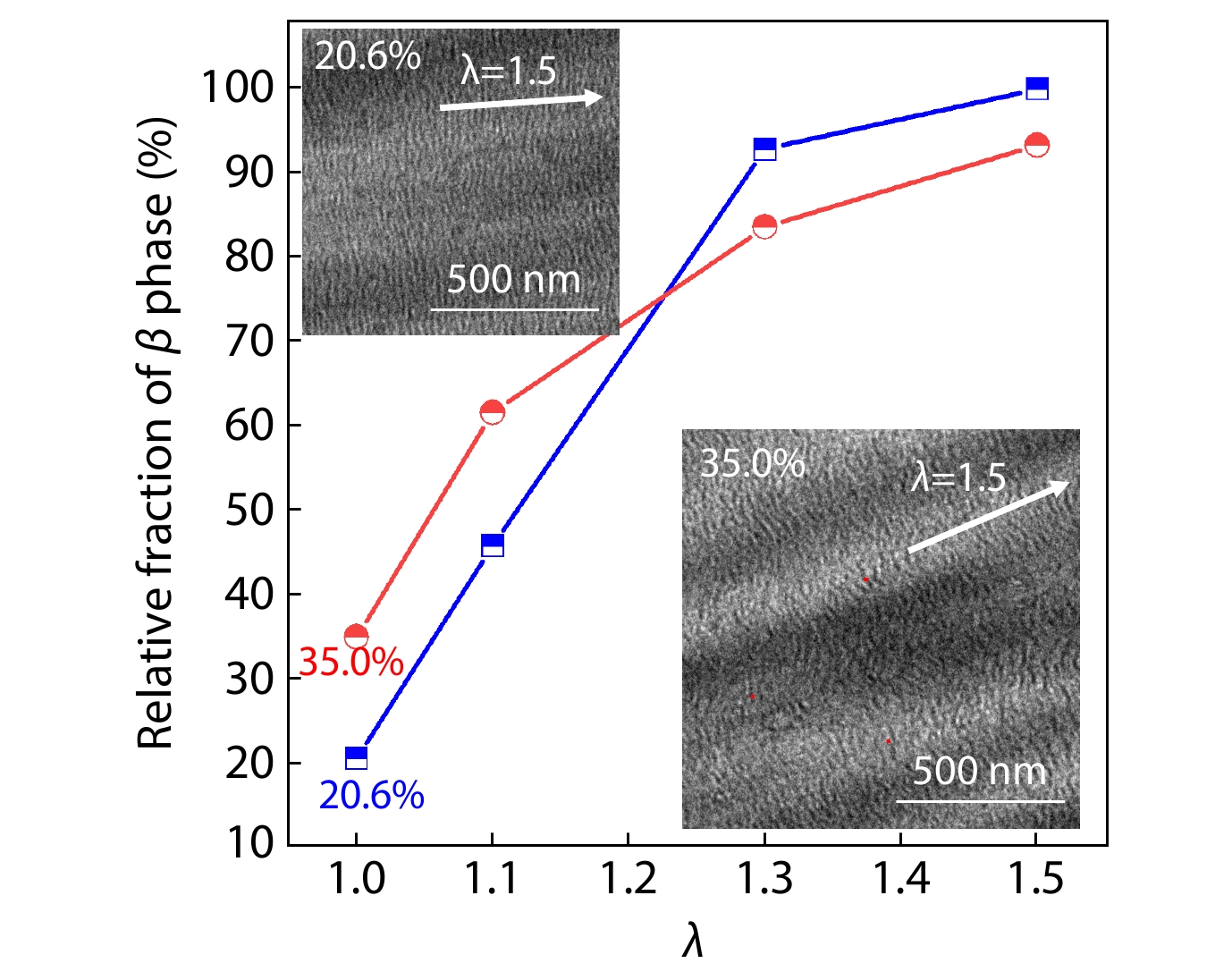
RESEARCH ARTICLE
2025, 43(8): 1415-1422. DOI: 10.1007/s10118-025-3354-2Published(online): 2025-07-26Abstract Full text 网络PDFAbstract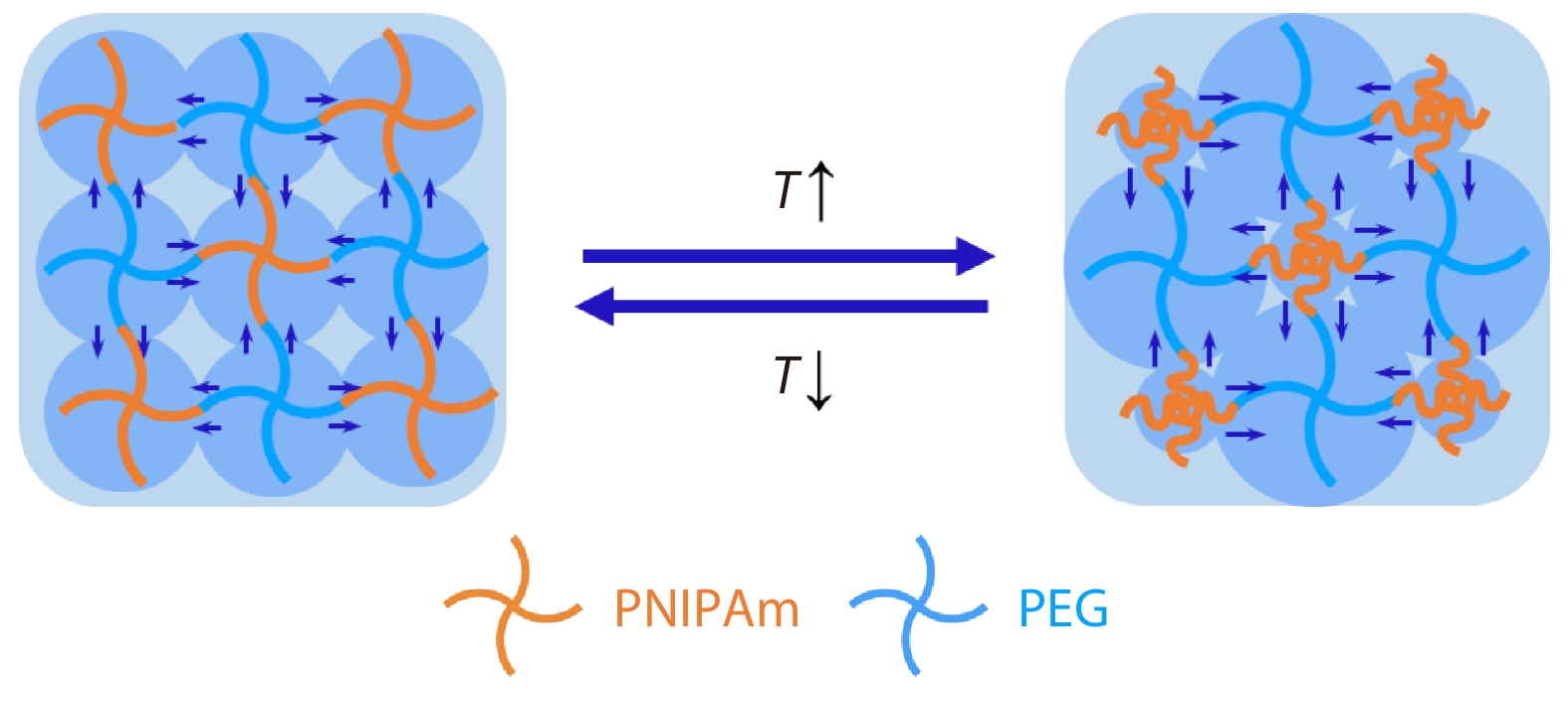
RESEARCH ARTICLE
2025, 43(8): 1423-1432. DOI: 10.1007/s10118-025-3344-4Published(online): 2025-07-26Abstract Full text 网络PDFAbstract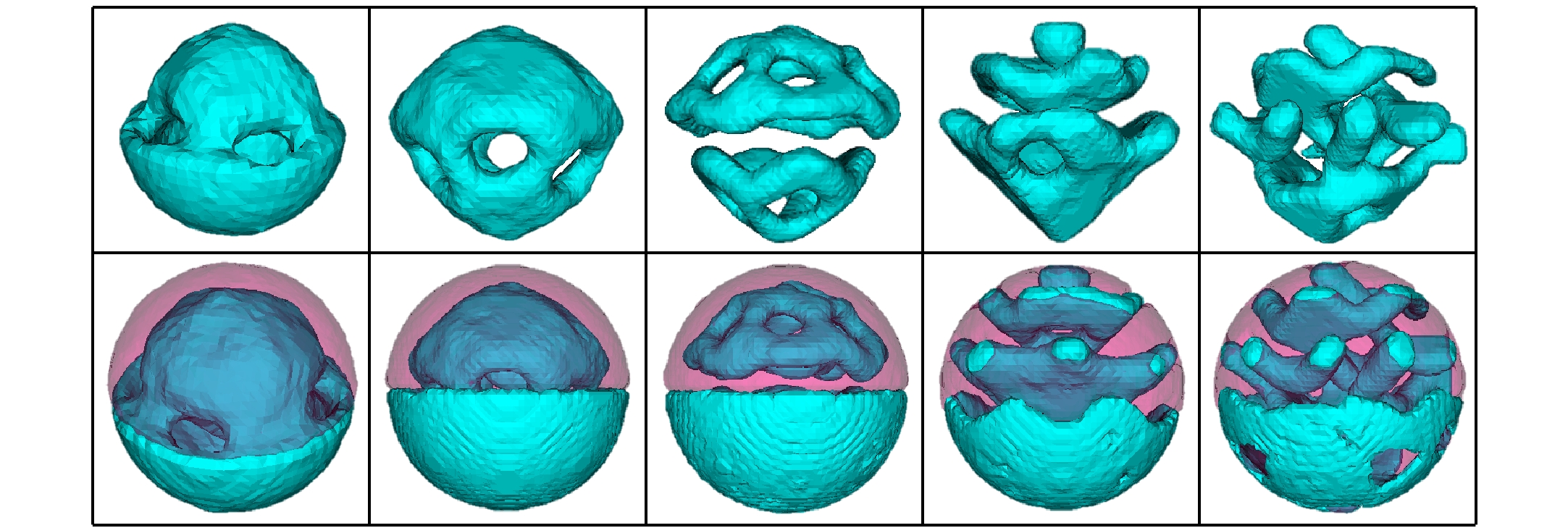
RESEARCH ARTICLE
2025, 43(8): 1433-1442. DOI: 10.1007/s10118-025-3347-1Published(online): 2025-07-26Abstract Full text 网络PDFAbstract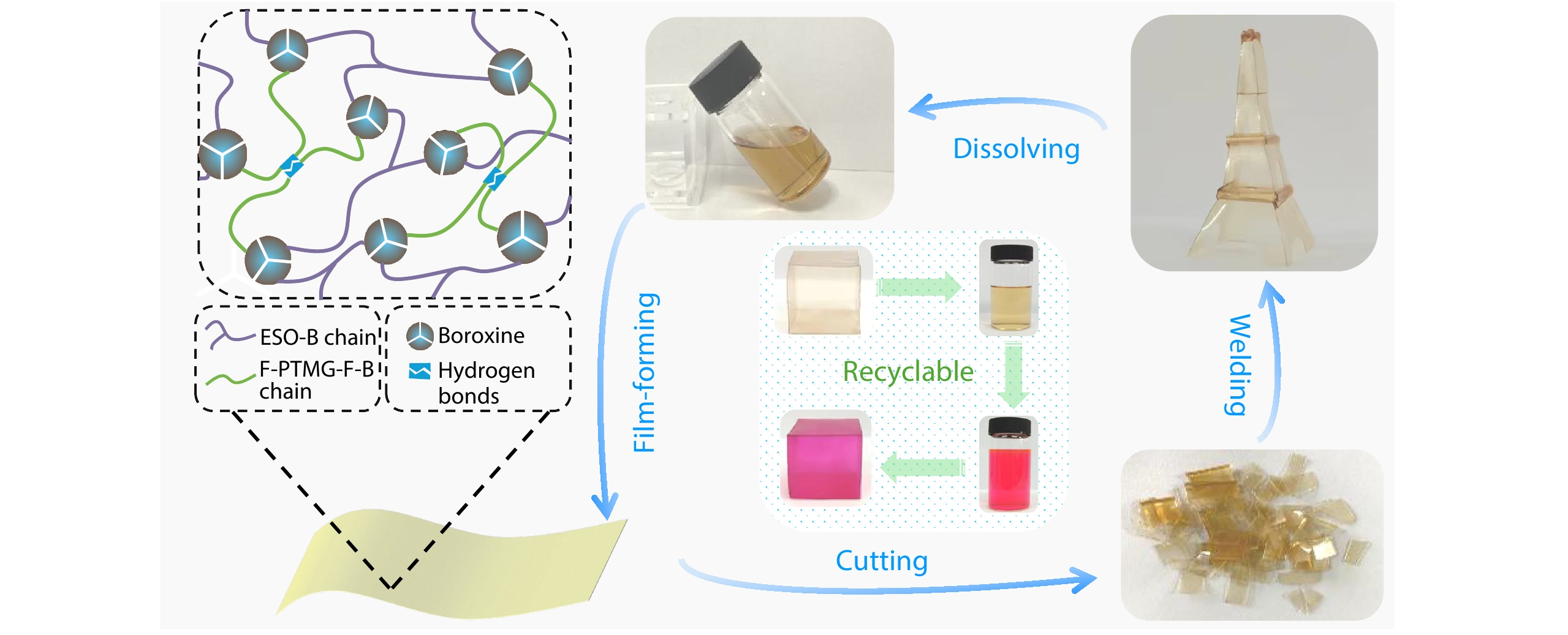
RESEARCH ARTICLE
2025, 43(8): 1443-1457. DOI: 10.1007/s10118-025-3360-4Published(online): 2025-07-26Abstract Full text 网络PDFAbstract
RESEARCH ARTICLE
2025, 43(8): 1458-1467. DOI: 10.1007/s10118-025-3346-2Published(online): 2025-07-26Abstract Full text 网络PDFAbstract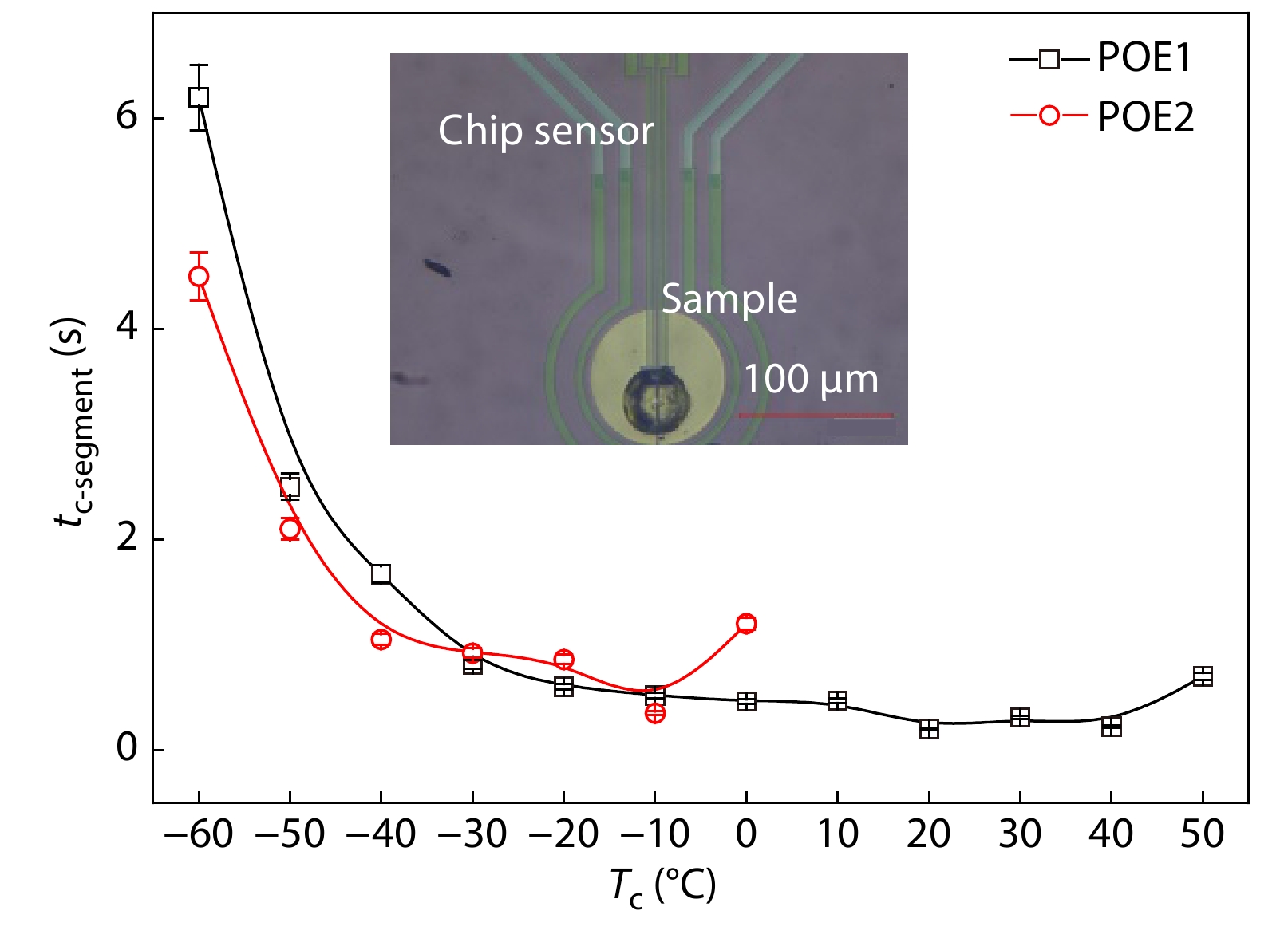
RESEARCH ARTICLE
Efficient Prediction of Refractive Index and Abbe Number in Polymers Using Density Functional Theory
2025, 43(8): 1468-1482. DOI: 10.1007/s10118-025-3353-3Published(online): 2025-07-26Abstract Full text 网络PDFAbstract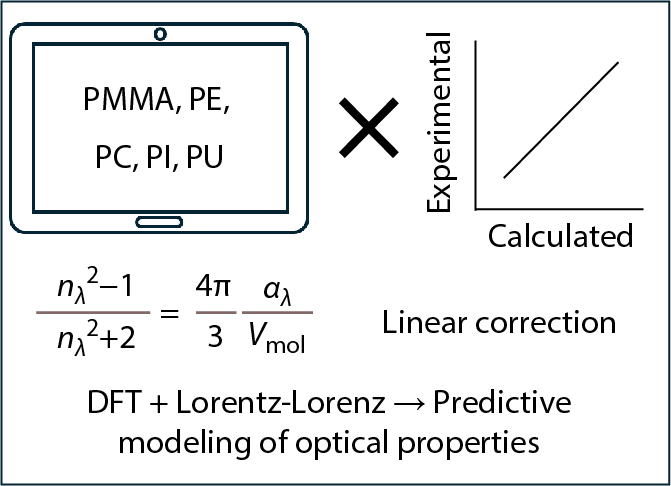
0
